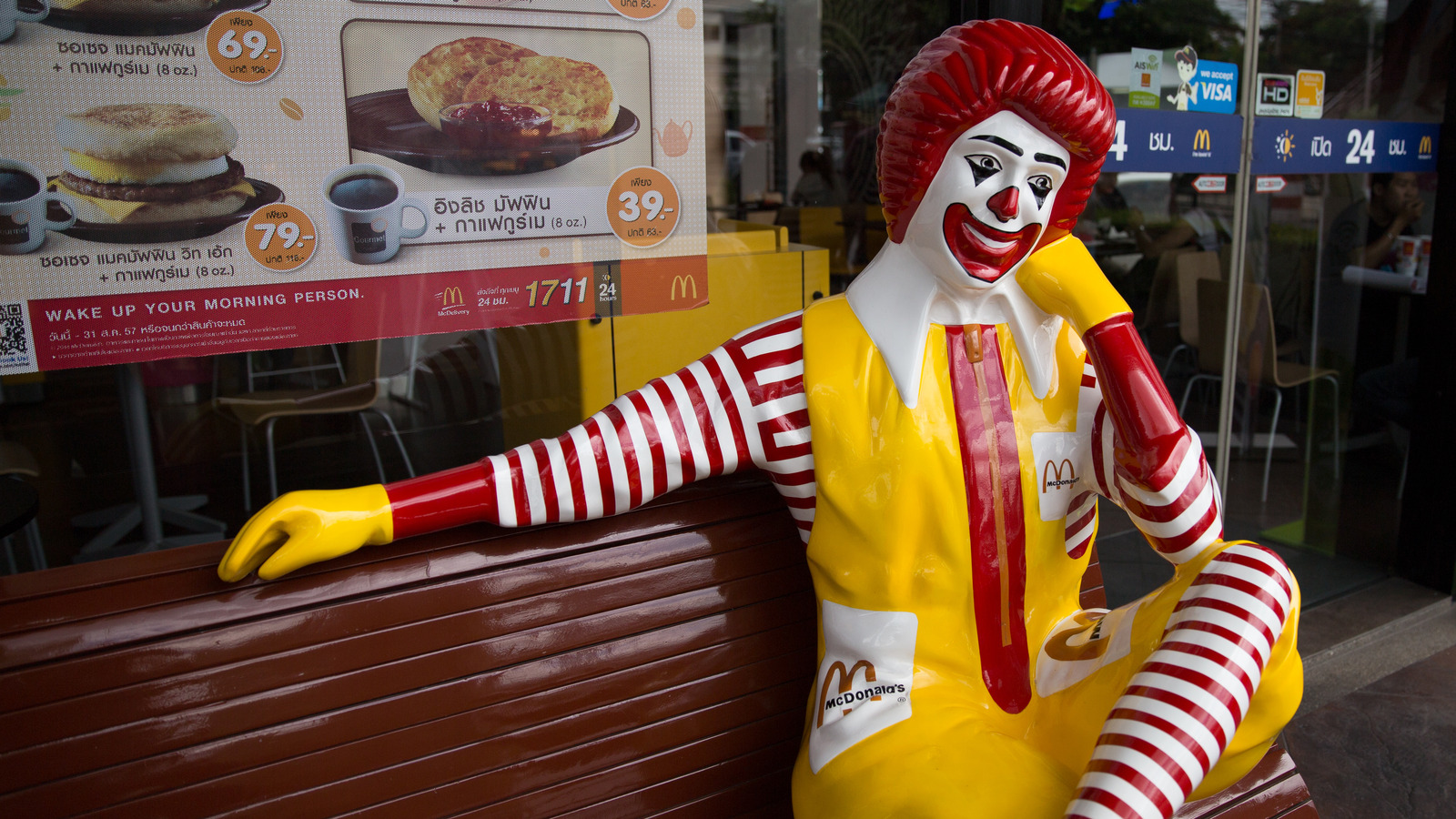Fast food has long been a staple of modern restaurants, offering quick, hot meals with the minimum of effort. This concept is not new; it dates back to ancient civilizations, as evidenced by a fast food restaurant discovered in Pompeii.
But in our modern age, choosing between countless fast food options often comes down to effective marketing. Over the years, these marketing efforts have introduced some of the most famous and quirky characters in advertising history, such as Ronald McDonald.
The famous clown is the quintessential example of a fast food mascot, having initially appeared as a local replacement for Bozo the Clown in Washington, D.C. Ronald became the cheerful face of McDonald's, inviting children into a fantastic world known as McDonaldland.
Throughout the 1980s and 1990s, Ronald and his friends were featured in commercials, especially on children's television programs, promoting fast food with a playful appeal.
However, the turn of the millennium saw a significant change in McDonald's marketing strategies. In 2003, as part of its new "I'm Lovin' It" campaign, the company began phasing out Ronald and the other McDonaldland characters to focus more on adult consumers.
This change was motivated by two main factors. Firstly, the growing association of fast food with health problems, such as obesity, led to increasing criticism of the marketing of these products to children - drawing parallels with the regulation of cigarette advertising aimed at young audiences, Grunge points out.

Secondly, the public's perception of clowns has changed radically. Once a beloved form of children's entertainment, clowns have increasingly been seen as disturbing or even frightening, reflecting a wider cultural shift that has diminished their appeal. As a result, Ronald McDonald has withdrawn from television commercials and limited his appearances mainly to public events and charitable activities, particularly those linked to the Ronald McDonald House.
This decline in the mascot's visibility signals a broader trend in the fast-food industry, in which many characters that once dominated the advertising landscape have receded into the background and restaurant chains have begun to bet on a more adult style.
The disappearance of these mascots reflects changing marketing tactics in the industry, which now focuses more on appealing to a wider demographic and addressing more contemporary concerns about health and nutrition.





